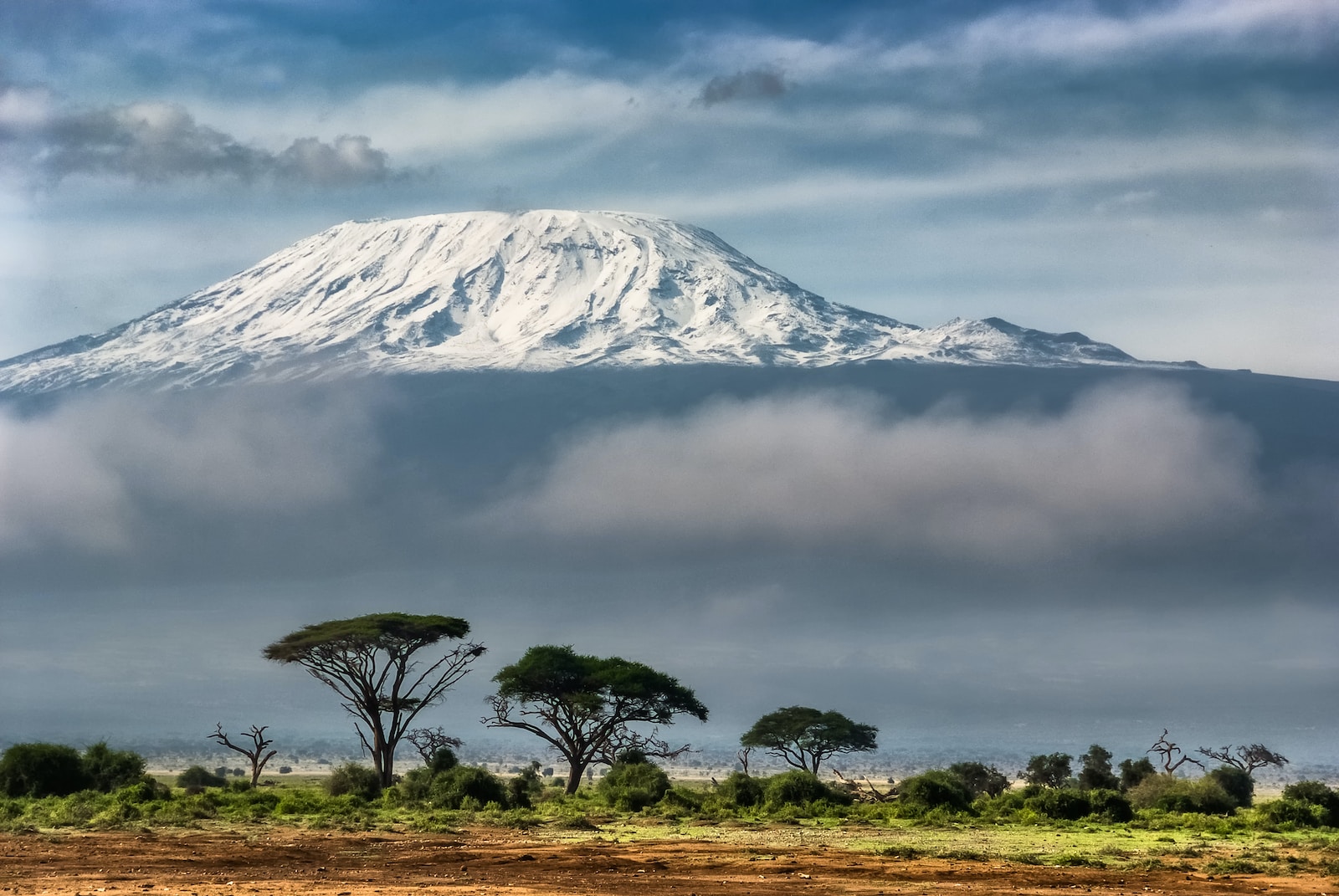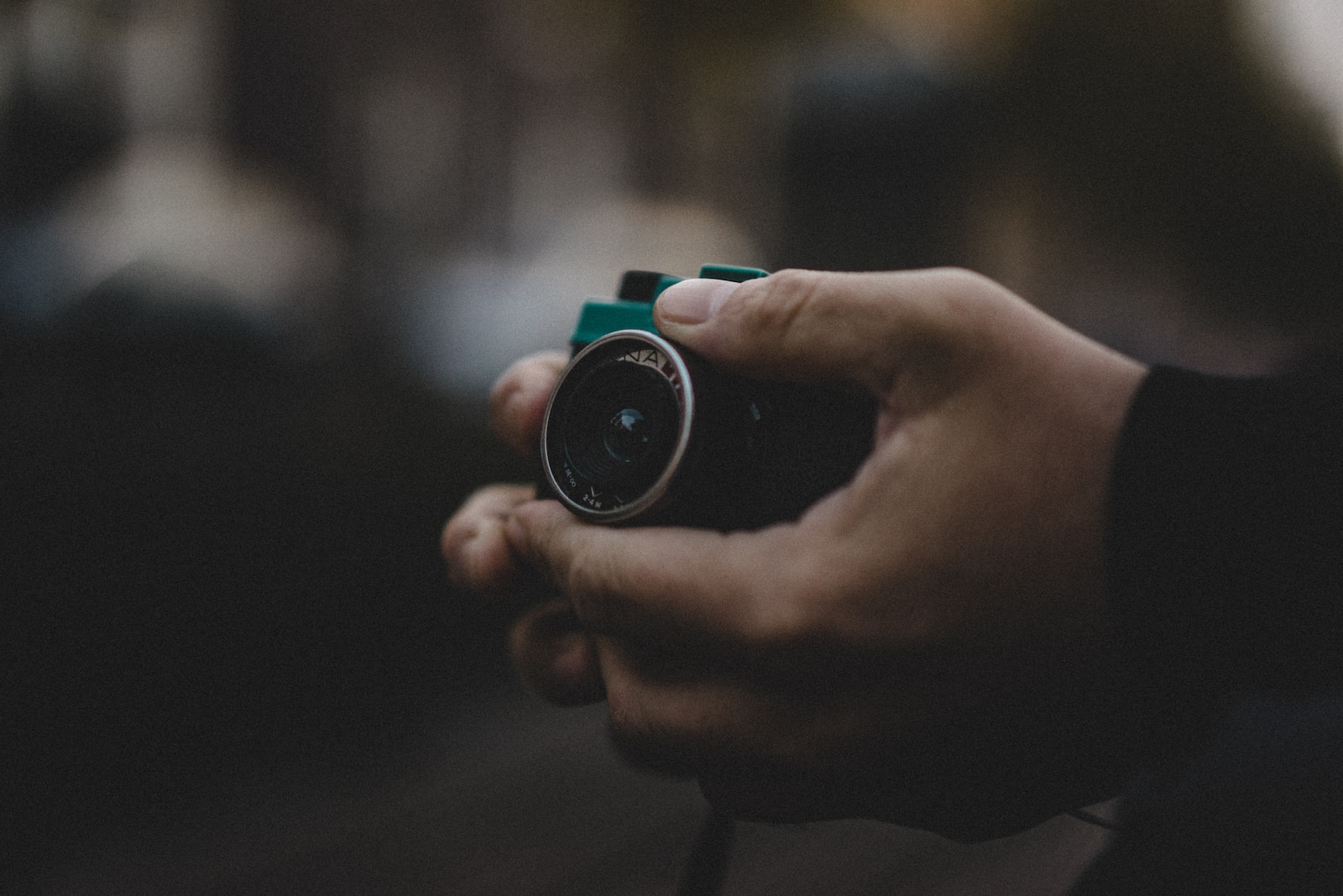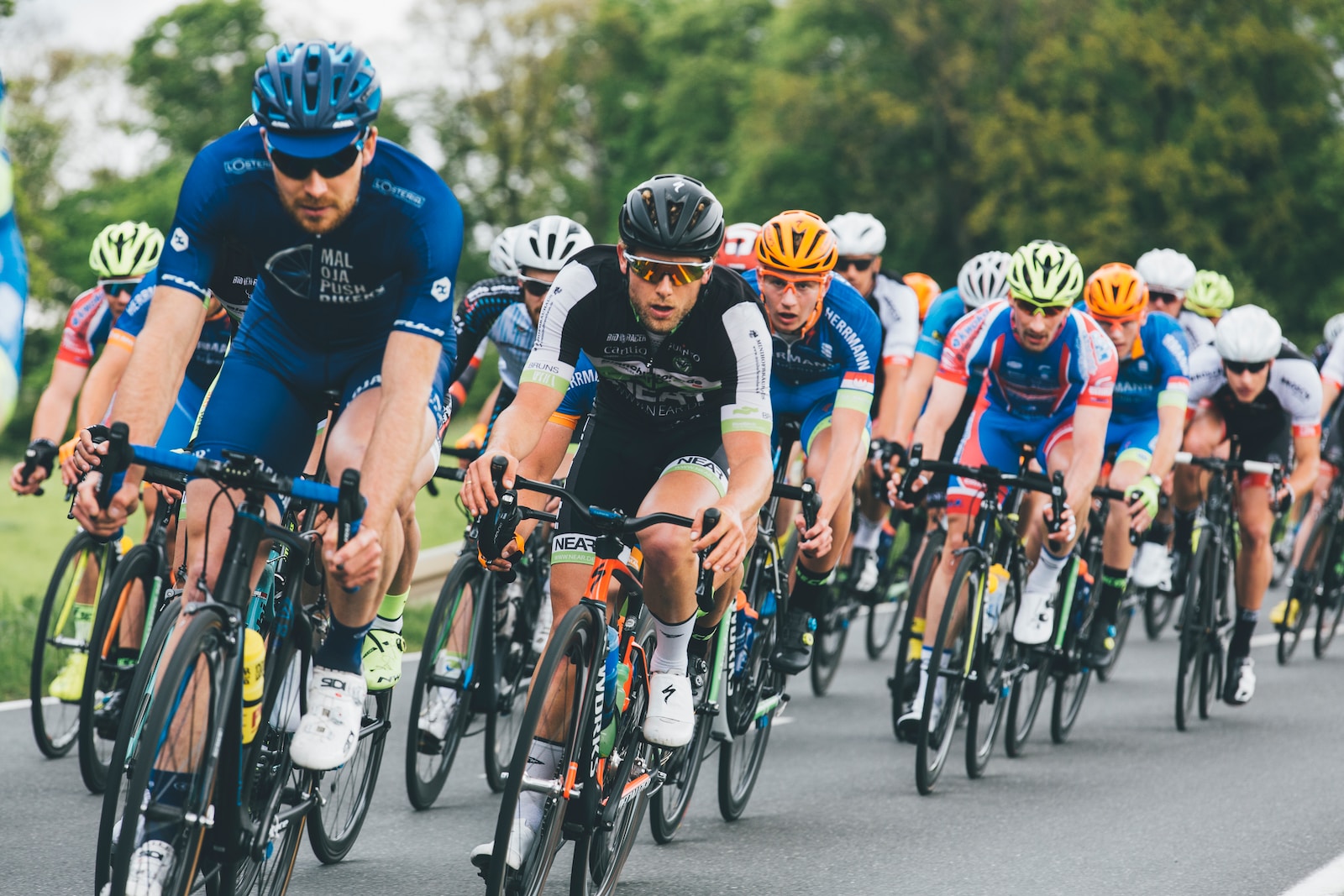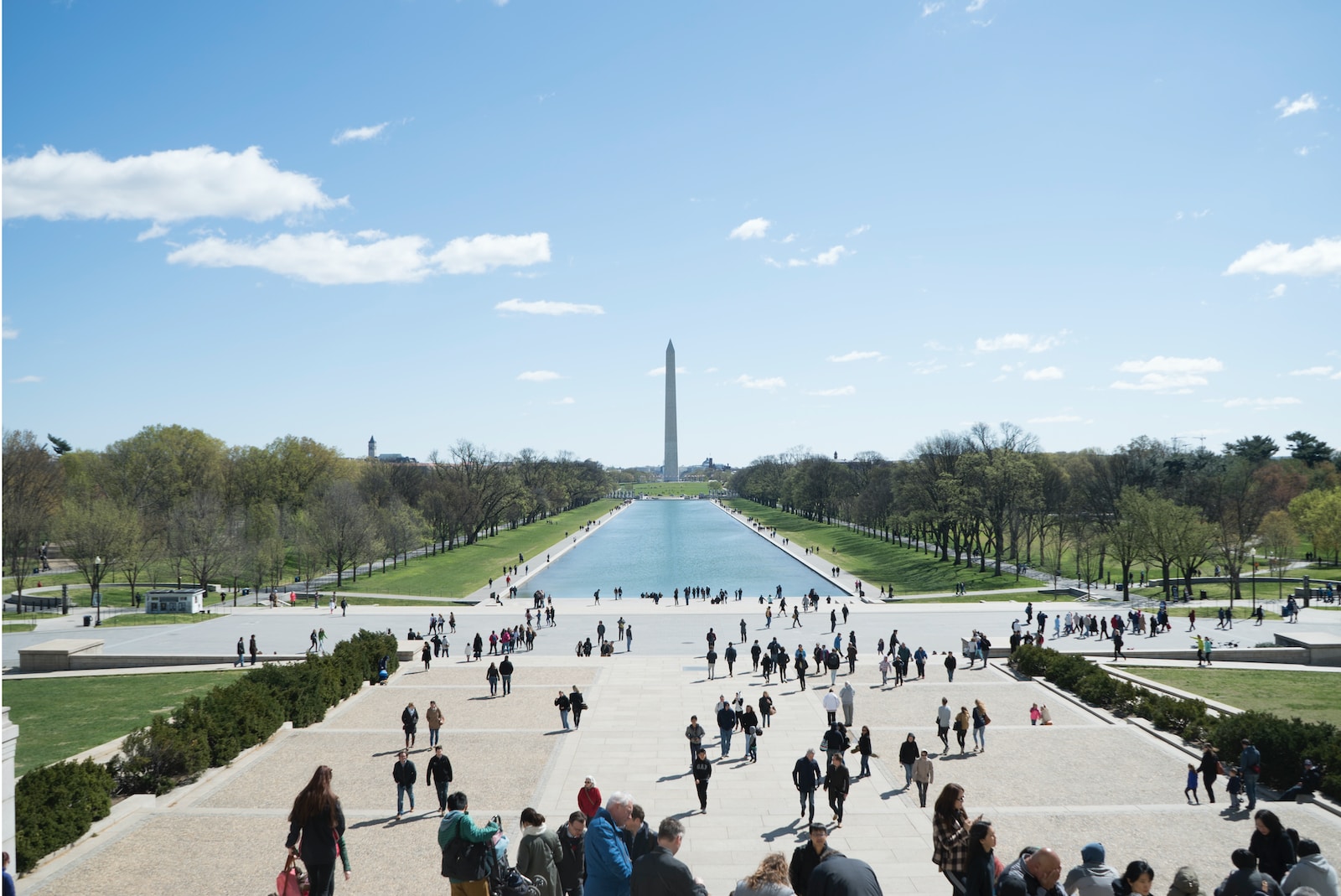Welcome to “Snapshot from the Sky: Conquering Mount Kilimanjaro with Your Camera” – an immersive journey into the heart of Africa’s magnificent landscape. Join us as we explore the awe-inspiring beauty of Mount Kilimanjaro, Africa’s highest mountain, and discover expert camera tips to capture every breathtaking moment. Whether you’re an experienced photographer or an enthusiastic beginner, this blog will guide you through the art of mountain photography while indulging in the thrill of conquering an iconic summit.
Table of Contents
- Photographing Mount Kilimanjaro: Capturing Africa’s Majestic Beauty
- Capturing the Beauty of Mount Kilimanjaro: Essential Camera Equipment
- The Best Time of Year to Take Photos of Mount Kilimanjaro
- Frequently Asked Questions
- 1. How can I prepare my camera gear for photographing Mount Kilimanjaro?
- 2. What camera settings should I use to capture the beauty of Mount Kilimanjaro?
- 3. What are the best times of the day to photograph Mount Kilimanjaro?
- 4. How can I capture the scale and grandeur of Mount Kilimanjaro in my photos?
- 5. What are some composition tips for photographing Mount Kilimanjaro?
- 6. Are there any special considerations for photographing Mount Kilimanjaro’s wildlife?
- 7. How can I protect my camera equipment from extreme weather conditions on Mount Kilimanjaro?
- 8. What are some recommended camera accessories for photographing Mount Kilimanjaro?
- 9. Are there any safety precautions I should take while photographing Mount Kilimanjaro?
- 10. Where can I find photography workshops or tours for Mount Kilimanjaro?
- Wrap Up:
Photographing Mount Kilimanjaro: Capturing Africa’s Majestic Beauty
Mount Kilimanjaro, Africa’s highest mountain, is a breathtaking sight that should be experienced by every adventurous photographer. Its majestic peak stands at an impressive 19,341 feet, providing a stunning backdrop for extraordinary photographs. In this section, we will explore the diverse features of Mount Kilimanjaro that make for remarkable images, and discuss essential photography techniques to capture its beauty in all its glory.
1. Magnificent Landscapes
Mount Kilimanjaro boasts awe-inspiring landscapes that span across lush rainforests, alpine deserts, and snow-capped summits. As you ascend the mountain, be prepared to capture the ever-changing scenery. Use your camera to showcase the stark contrast between the dense foliage of the lower slopes and the barren, rocky terrain near the summit. Experiment with different perspectives and compositions to convey the vastness and grandeur of the landscapes.
2. Captivating Wildlife
The slopes of Mount Kilimanjaro are home to a rich array of wildlife, including elephants, buffaloes, monkeys, and various bird species. To photograph these fascinating creatures, ensure you have a telephoto lens or a zoom camera to capture wildlife from a safe distance without disturbing their natural habitat. Patience is key when photographing wildlife, as you need to wait for the perfect moment to capture their behavior or interactions.
3. Spellbinding Sunrises and Sunsets
One of the most magical experiences on Mount Kilimanjaro is witnessing the sunrise and sunset from its lofty heights. The vibrant colors painted across the sky, combined with the silhouettes of the mountain and surrounding landscapes, create an otherworldly atmosphere. Arrive early at your chosen vantage point, set up your camera on a tripod, and experiment with different exposure settings to capture the utmost beauty of these celestial events.
4. Dramatic Cloud Formations
The ever-changing cloud formations around Mount Kilimanjaro add a dramatic and ethereal element to your photographs. Utilize wide-angle lenses to showcase the expansive sky and the interplay between light and shadow. Experiment with long exposures to capture the movement of clouds, creating a sense of dynamism and surrealism in your images.
5. Human Portraits in Nature
Don’t forget to capture the human element as well. The dedicated climbers, local guides, and porters who accompany you on your Mount Kilimanjaro adventure play an integral part in the story you aim to tell through your photographs. Document the determination, camaraderie, and joy shared by the climbers as they conquer the mountain. Candid shots and close-up portraits will provide a personal and emotional connection to the journey.
Remember, good photography is not just about the subject, but also about your ability to tell a story through your images. Develop your own style and vision, and let Mount Kilimanjaro be your canvas to create unforgettable photographs. So, pack your camera gear, embark on this incredible adventure, and let your images transport others to the summit of Mount Kilimanjaro.
Did you know that Mount Kilimanjaro is not only the highest mountain in Africa, but also the tallest freestanding mountain in the world? Standing at 19,341 feet, it offers photographers an awe-inspiring panorama to capture.
Capturing the Beauty of Mount Kilimanjaro: Essential Camera Equipment
As you embark on your journey to conquer Mount Kilimanjaro, don’t forget to pack your camera to capture the breathtaking scenery. To ensure you capture the best possible photos, it’s important to equip yourself with the right camera gear. Here are some essential items to consider:
1. Camera Body
The first and most important piece of equipment is, of course, your camera body. For mountain photography, it’s recommended to use a DSLR or mirrorless camera to capture high-quality images. These cameras offer better control over settings, faster autofocus, and superior image sensors than point-and-shoot cameras.
If you already own a camera body, make sure it’s in good condition and familiarize yourself with its features. If you’re considering upgrading, options such as the Canon EOS 5D Mark IV or the Nikon D850 are excellent choices, offering superior image quality and advanced features.
2. Lenses
Choosing the right lenses can greatly enhance your mountain photography experience. Wide-angle lenses are particularly useful for capturing the grandeur of Mount Kilimanjaro and its surrounding landscapes. A popular choice is the Canon EF 16-35mm f/2.8L III USM or the Nikon AF-S NIKKOR 14-24mm f/2.8G ED lens.
If you prefer zoom lenses, the Canon EF 24-70mm f/2.8L II USM or the Nikon AF-S NIKKOR 24-70mm f/2.8E ED VR lens provide versatility and excellent image quality.
For wildlife and distant shots, a telephoto lens is essential. Consider the Canon EF 100-400mm f/4.5-5.6L IS II USM or the Nikon AF-S NIKKOR 200-500mm f/5.6E ED VR lens for capturing impressive close-ups of wildlife and detailed shots of the mountain.
3. Tripod
A sturdy tripod is crucial for capturing sharp images, especially in low-light conditions or when using longer shutter speeds. Look for a lightweight, compact tripod that can handle the weight of your camera and lens. The Manfrotto Befree Advanced or the Gitzo GT1545T Series 1 Traveler Carbon Fiber Tripod are excellent options for travel-friendly tripods.
4. Filters
Filters are essential for enhancing and protecting your images. A polarizing filter can help reduce glare, improve color saturation, and enhance the contrast of the sky. Neutral density (ND) filters are also useful for controlling the amount of light entering the camera, allowing for longer exposures and creating stunning motion blur effects.
Consider investing in a high-quality circular polarizing filter like the B+W 77mm XS-Pro Kaesemann High Transmission Circular Polarizer MRC-Nano or the Breakthrough Photography X4 CPL Circular Polarizing Filter. For ND filters, brands like Hoya and Lee Filters offer a wide range of options to choose from.
5. Accessories
Don’t forget to pack extra camera batteries, memory cards, and a cleaning kit for your equipment. The last thing you want is to run out of battery or storage space while capturing those incredible moments. Also, be sure to carry a rain cover or waterproof bag to protect your gear from unexpected weather conditions.
Remember, the best camera equipment is the one you’re most comfortable using. Take the time to practice with your gear before your Kilimanjaro adventure to familiarize yourself with its features and settings. This way, you’ll be fully prepared to capture the magic of Africa’s highest mountain through your lens.
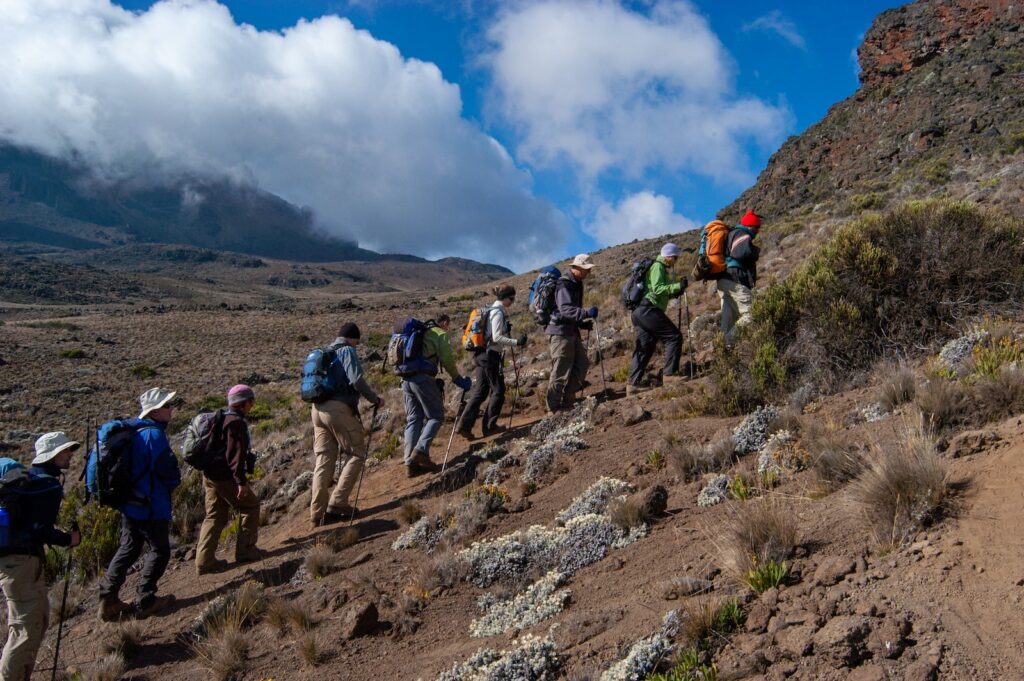
The Best Time of Year to Take Photos of Mount Kilimanjaro
As photographers, we know that capturing the perfect shot is all about timing. When it comes to Mount Kilimanjaro, the timing can make all the difference in the world. The mountain’s weather patterns and changing landscapes offer different photographic opportunities throughout the year. Let’s take a closer look at the best time of year to photograph Africa’s highest peak.
Dry Season: January to March and June to October
During the dry season, Mount Kilimanjaro is typically free from heavy clouds, allowing for clear, breathtaking views. January to March is considered the warmest and driest time on the mountain, making it an ideal period to capture stunning sunrise or sunset shots with the golden light casting a magical glow on the peaks.
From June to October, the weather remains dry, but it can be colder, especially at higher altitudes. However, the lower temperatures bring crystal-clear skies, creating ideal conditions for capturing the snow-capped summit with a contrast of stark blue sky behind it.
Green Season: April to May and November to December
The green season is when Mount Kilimanjaro showcases its lush beauty. April to May is the long rainy season, while November to December marks the short rainy season. Though rain is more frequent during these periods, it provides photographers with unique opportunities to capture the mountain surrounded by verdant landscapes and vibrant flora. The clouds that occasionally shroud the peak create a dramatic and mystical atmosphere, adding an ethereal touch to your photographs.
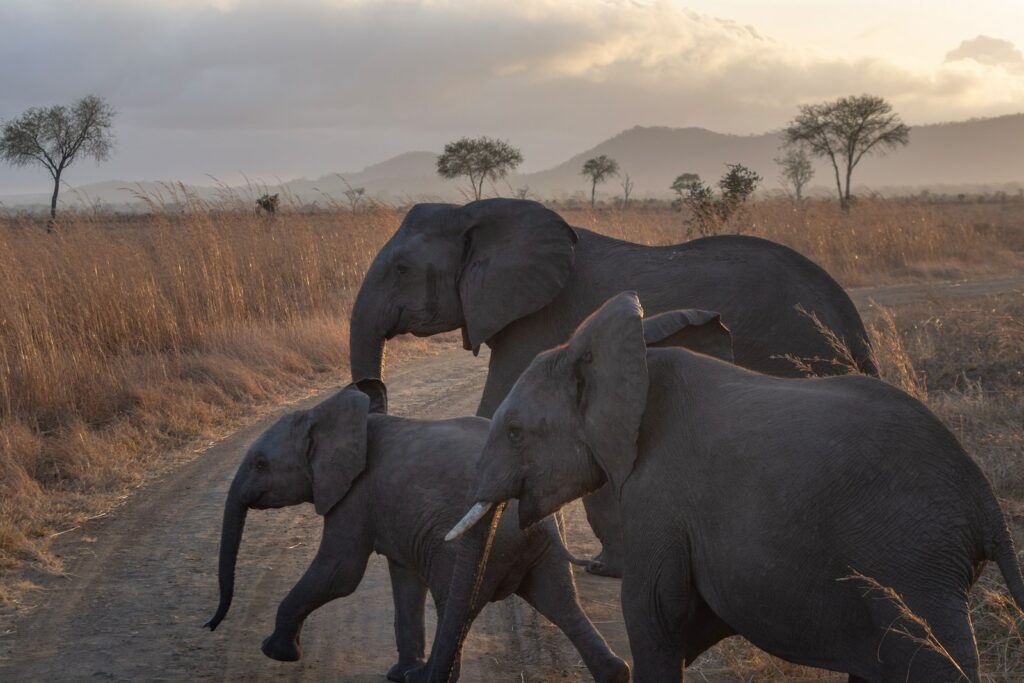
Vantage Points and Positioning for the Best Photos
Mount Kilimanjaro is a majestic and imposing presence in the Tanzanian landscape. To capture its true magnificence and create awe-inspiring photographs, it’s essential to choose the right vantage points and position yourself strategically. Here are some options to consider:
1. Amboseli National Park, Kenya
Located just across the border from Tanzania, Amboseli National Park offers photographers a unique perspective on Mount Kilimanjaro. The park is known for its vast savannah plains, which create a stunning foreground to complement the mountain in the background. The elephants that roam freely in this park also make for captivating subjects in your composition, adding an extra element of interest to your photographs.
2. Marangu Route
The Marangu Route, also known as the “Coca-Cola” route, is one of the most popular routes for climbers attempting to summit Mount Kilimanjaro. As a photographer, this route provides excellent opportunities to capture the determination and triumph of fellow mountaineers as they conquer the mountain. The diverse terrains, from dense forests to rocky trails, offer a variety of captivating scenes to document.
3. Uhuru Peak
If you’re an experienced mountaineer and up for the challenge, reaching the summit of Mount Kilimanjaro, known as Uhuru Peak, will reward you with an unparalleled vantage point. From here, you can capture the panoramic majesty of the entire landscape below, with the vast expanse of the African continent stretching out in every direction.
One helpful photography tip for capturing the beauty of Mount Kilimanjaro is to experiment with different angles and perspectives. Get creative by shooting from low angles or finding unique vantage points to make your photos stand out.
Photographing Mount Kilimanjaro is an adventure in and of itself. By choosing the best time of year to visit and knowing the ideal vantage points and positions, you’ll be well on your way to capturing breathtaking images that tell the story of your journey. So grab your camera, prepare for an unforgettable experience, and unleash your creativity in the heart of Africa.
Frequently Asked Questions
1. How can I prepare my camera gear for photographing Mount Kilimanjaro?
Prioritize lightweight camera equipment that is suitable for high-altitude conditions. Invest in a sturdy tripod and a range of lenses to capture both wide-angle landscapes and close-up details.
2. What camera settings should I use to capture the beauty of Mount Kilimanjaro?
Set your camera to manual mode to have full control over exposure. Use a low ISO setting, a narrow aperture for a wide depth of field, and a fast shutter speed to freeze any movement in the images.
3. What are the best times of the day to photograph Mount Kilimanjaro?
The golden hours, shortly after sunrise and before sunset, offer soft and warm light that enhances the mountain’s features. Consider shooting during sunrise and sunset for breathtaking colors and dramatic shadows.
4. How can I capture the scale and grandeur of Mount Kilimanjaro in my photos?
Include foreground elements, such as trees, rocks, or people, to provide a sense of scale. Experiment with different angles and perspectives to showcase the mountain’s vastness and height.
5. What are some composition tips for photographing Mount Kilimanjaro?
Follow the rule of thirds to create a balanced composition. Highlight the mountain by placing it off-center, balancing foreground and background elements. Use leading lines, like rivers or trails, to guide the viewer’s eyes towards the peak.
6. Are there any special considerations for photographing Mount Kilimanjaro’s wildlife?
While climbing the mountain, you may encounter wildlife such as monkeys or birds. Be respectful and maintain a safe distance. Use a telephoto lens to capture detailed shots without disturbing their natural behavior.
7. How can I protect my camera equipment from extreme weather conditions on Mount Kilimanjaro?
Store your camera gear in a weather-sealed bag to protect it from moisture, dust, and extreme temperatures. Use lens hoods and filters to shield your lenses. Keep spare batteries warm by carrying them close to your body.
8. What are some recommended camera accessories for photographing Mount Kilimanjaro?
Consider carrying extra memory cards, a remote shutter release for long exposures, and neutral density filters for managing harsh lighting conditions. Bring lens cleaning tools and microfiber cloths to keep your equipment spotless.
9. Are there any safety precautions I should take while photographing Mount Kilimanjaro?
Always prioritize your safety and follow the guidance of your experienced guides and porters. Stay hydrated, wear appropriate clothing for the climate, and be cautious when maneuvering on steep or icy terrain to prevent accidents.
10. Where can I find photography workshops or tours for Mount Kilimanjaro?
There are several photography workshops and tours available that specifically cater to capturing the beauty of Mount Kilimanjaro. Search online for reputable tour operators or photography organizations that offer these specialized experiences.
Wrap Up:
As we conclude our journey to capture the breathtaking beauty of Mount Kilimanjaro, remember that photography is an art that requires practice and patience. By utilizing the camera tips shared in this blog, your mountain photography skills are sure to improve. So, brave explorers, grab your camera, head to Africa’s highest peak, and unleash your creativity! We would love to hear about your experiences and see the snapshots you captured. Leave a comment below and let’s continue the conversation!
